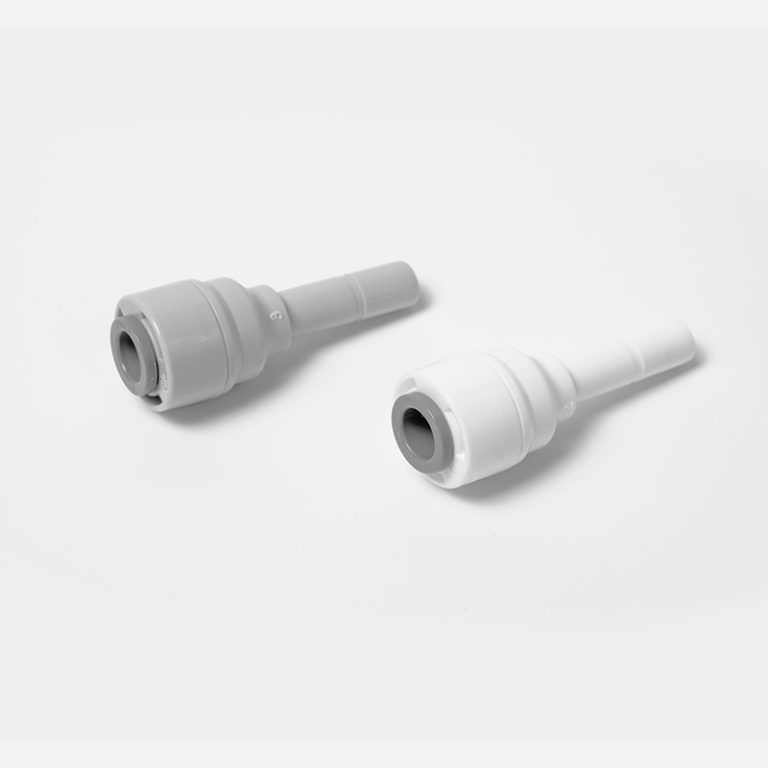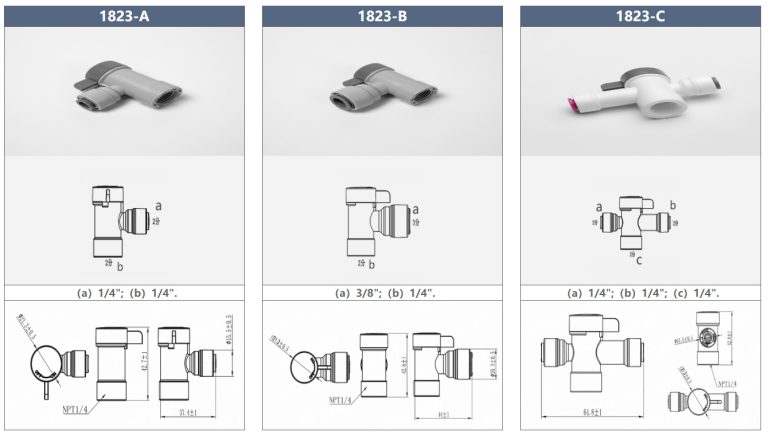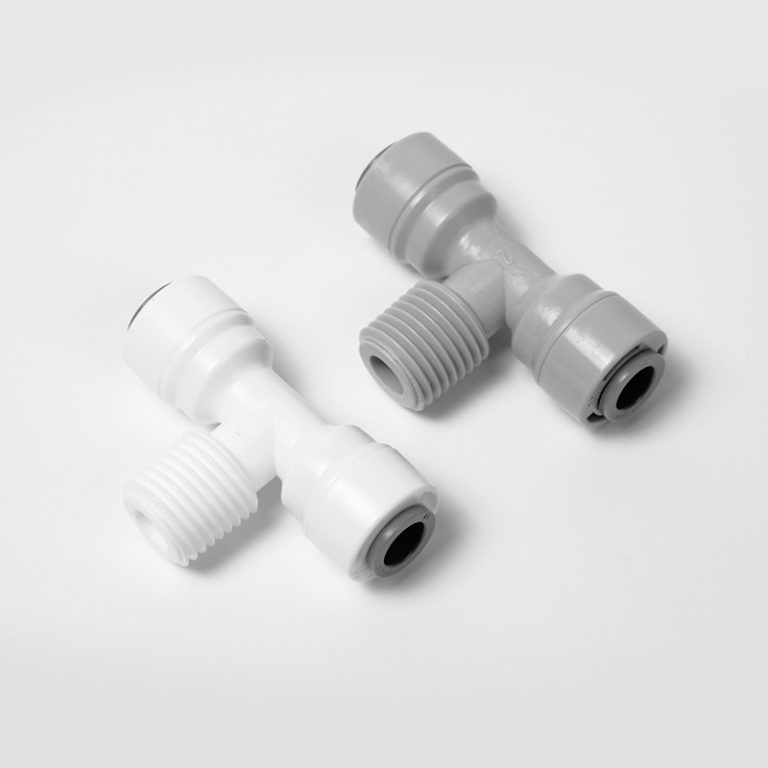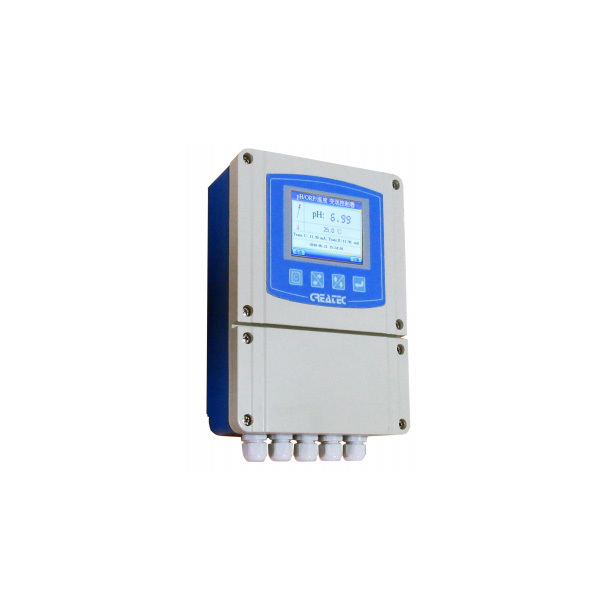“Ensuring purity and vitality: Measure dissolved oxygen for healthier aquatic ecosystems.”
Importance of Measuring Dissolved Oxygen in Water

Why Measure Dissolved Oxygen in Water
Water is a vital resource for all living organisms on Earth. It sustains life, provides hydration, and supports various ecosystems. However, the quality of water can vary greatly, and one important factor to consider is the level of dissolved oxygen. Dissolved oxygen refers to the amount of oxygen gas that is dissolved in water. Measuring dissolved oxygen is crucial for several reasons, as it provides valuable information about the health of aquatic environments and the organisms that inhabit them.
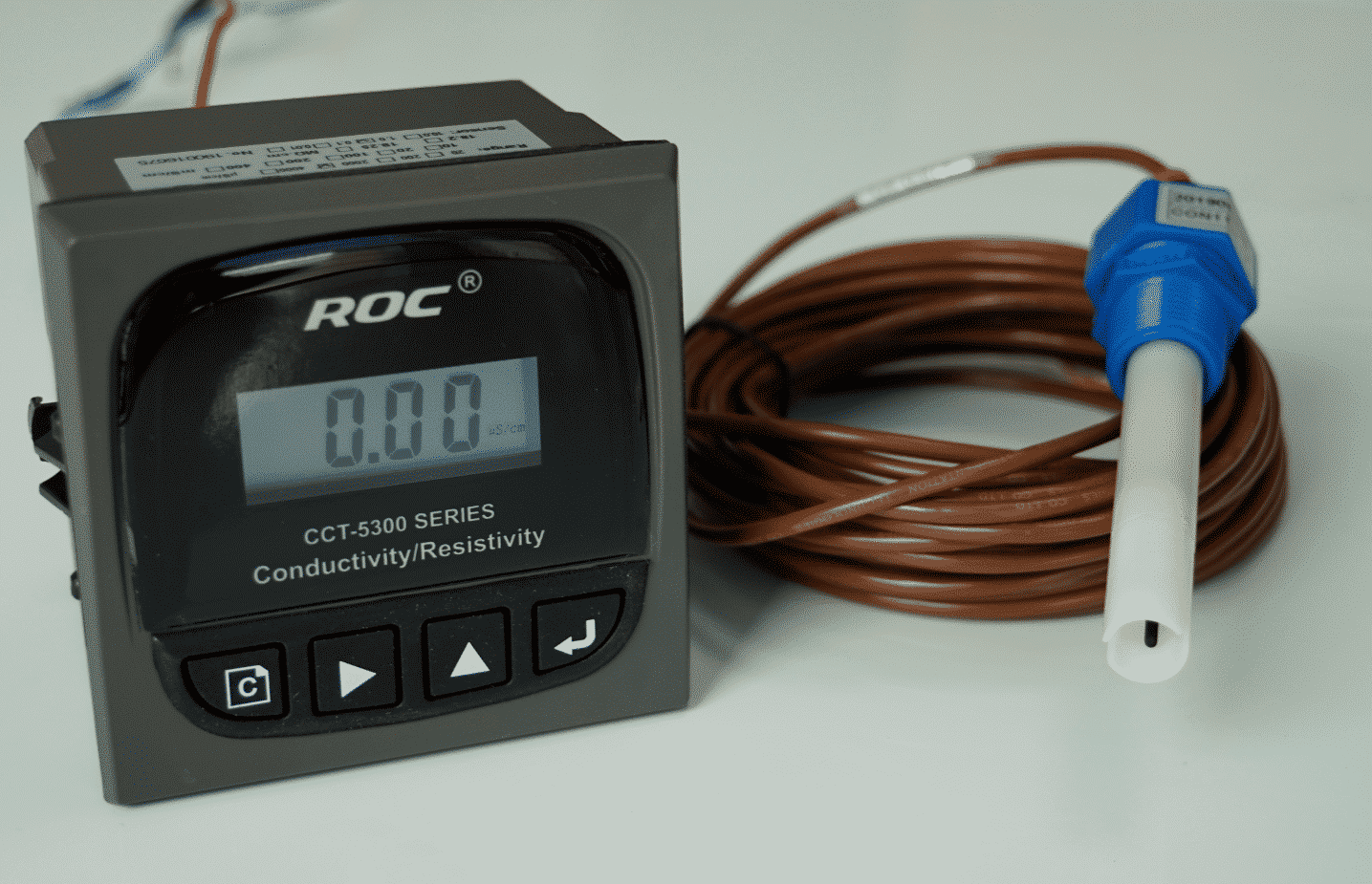
One of the primary reasons for measuring dissolved oxygen is to assess water quality. Dissolved oxygen levels can indicate the presence of pollutants or other harmful substances in the water. For example, high levels of dissolved oxygen are generally a sign of good water quality, as it indicates that the water is well-aerated and can support a diverse range of aquatic life. On the other hand, low levels of dissolved oxygen can be a cause for concern, as it suggests that the water may be polluted or contaminated. By measuring dissolved oxygen, scientists and environmentalists can identify areas that require attention and take appropriate measures to improve water quality.
| Model No. | CIT-8800 Inductive Conductivity / Concentration Online Controller | |
| Measurement range | Conductivity | 0.00μS/cm ~ 2000mS/cm |
| Concentration | 1.NaOH,(0-15)% or(25-50)%; | |
| 2.HNO3(note the Corrosion resistance of the sensor)(0-25)% or(36-82)%; | ||
| 3.User-defined concentration curves. | ||
| TDS | 0.00ppm~1000ppt | |
| Temp. | (0.0 ~ 120.0)℃ | |
| Resolution | Conductivity | 0.01μS/cm |
| Concentration | 0.01% | |
| TDS | 0.01ppm | |
| Temp. | 0.1℃ | |
| Accuracy | Conductivity | 0μS/cm ~1000μS/cm ±10μS/cm |
| 1 mS/cm~500 mS/cm ±1.0% | ||
| 500mS/cm~2000 mS/cm ±1.0% | ||
| TDS | 1.5 level | |
| Temp. | ±0.5℃ | |
| Temp. compensation | element | Pt1000 |
| range | (0.0~120.0)℃ linear compensation | |
| (4~20)mA Current output | channels | Double channels |
| features | Isolated, adjustable, reversible, 4-20MA output, instruments/ transmitter mode. | |
| Loop resistance | 400Ω(Max),DC 24V | |
| Resolution | ±0.1mA | |
| Control contact | Channels | Triple channels |
| Contact | Photoelectric relay output | |
| Programmable | Programmable ( temperature 、conductivity/concentration/TDS、timing)output | |
| Features | Could set temperature、conductivity/concentration/TDS、 timing NO/NC/ PID selection | |
| Resistance load | 50mA(Max),AC/DC 30V(Max) | |
| Data communication | RS485,MODBUS protocol | |
| Power supply | DC 24V±4V | |
| Consumption | <5.5W | |
| Working environment | Temperature:(0~50)℃ Relative Humidity:≤85%RH(non- condensing ) | |
| Storage | Temperature:(-20~60)℃ Relative Humidity:≤85%RH(non- condensing) | |
| Protection level | IP65(with rear cover) | |
| Outline dimension | 96mm×96 mm×94mm (H×W×D) | |
| Hole dimension | 91mm×91mm(H×W) | |
| Installation | Panel mounted , fast installation | |
Furthermore, measuring dissolved oxygen is essential for understanding the health of aquatic ecosystems. Many organisms, such as fish and other aquatic animals, rely on dissolved oxygen for survival. Fish, in particular, extract oxygen from the water through their gills. If the dissolved oxygen levels are too low, fish and other organisms may struggle to breathe, leading to stress, illness, or even death. By monitoring dissolved oxygen levels, researchers can identify areas where oxygen depletion may be occurring and take steps to mitigate the issue. This could involve implementing measures to increase aeration or reducing pollution sources that contribute to oxygen depletion.
In addition to assessing water quality and supporting aquatic life, measuring dissolved oxygen is also crucial for understanding the overall health of a water body. Oxygen is a key component in the process of decomposition, where organic matter is broken down by bacteria and other microorganisms. Adequate levels of dissolved oxygen are necessary for these organisms to carry out their vital role in the ecosystem. Without sufficient oxygen, decomposition rates may slow down, leading to the accumulation of organic matter and the release of harmful substances. By measuring dissolved oxygen, scientists can gain insights into the decomposition process and identify any imbalances that may be occurring.
Moreover, measuring dissolved oxygen can help in predicting and managing algal blooms. Algal blooms occur when there is an excessive growth of algae in water bodies, often fueled by high nutrient levels. These blooms can have detrimental effects on aquatic ecosystems, as they can deplete dissolved oxygen levels and create dead zones where no life can thrive. By monitoring dissolved oxygen, scientists can detect early signs of algal blooms and take preventive measures to mitigate their impact. This could involve implementing strategies to reduce nutrient runoff or introducing biological controls to limit algal growth.
In conclusion, measuring dissolved oxygen in water is of utmost importance for various reasons. It provides valuable information about water quality, supports the health of aquatic ecosystems, and helps in predicting and managing algal blooms. By monitoring dissolved oxygen levels, scientists and environmentalists can make informed decisions and take appropriate actions to protect and preserve our precious water resources.

